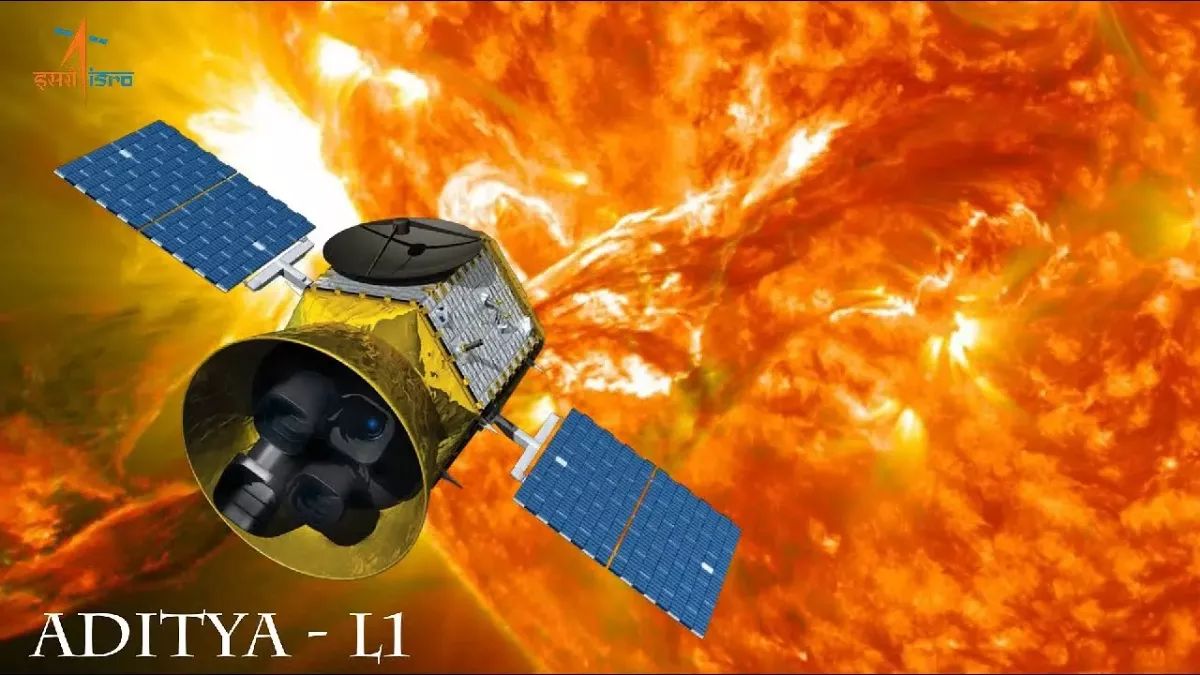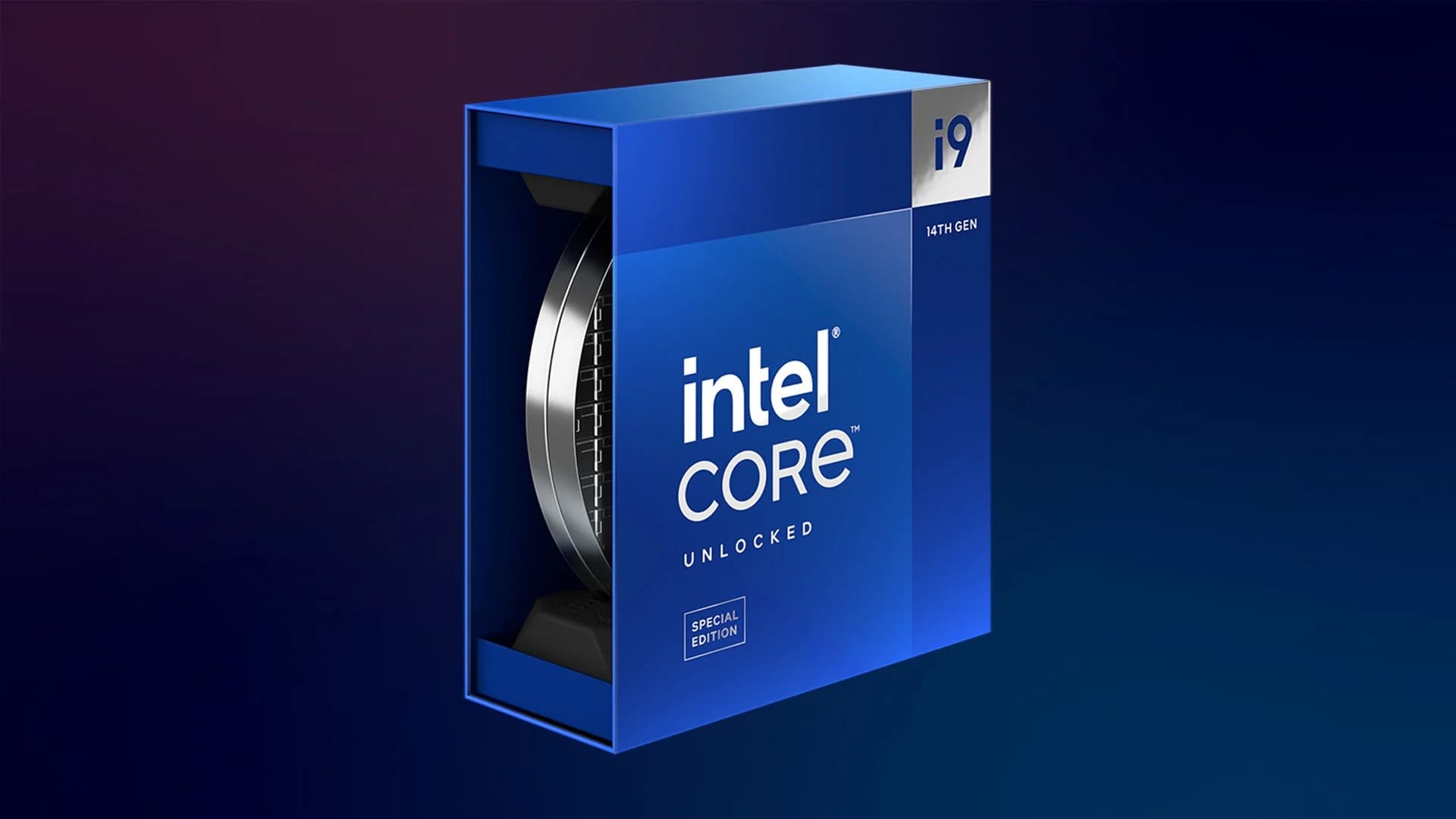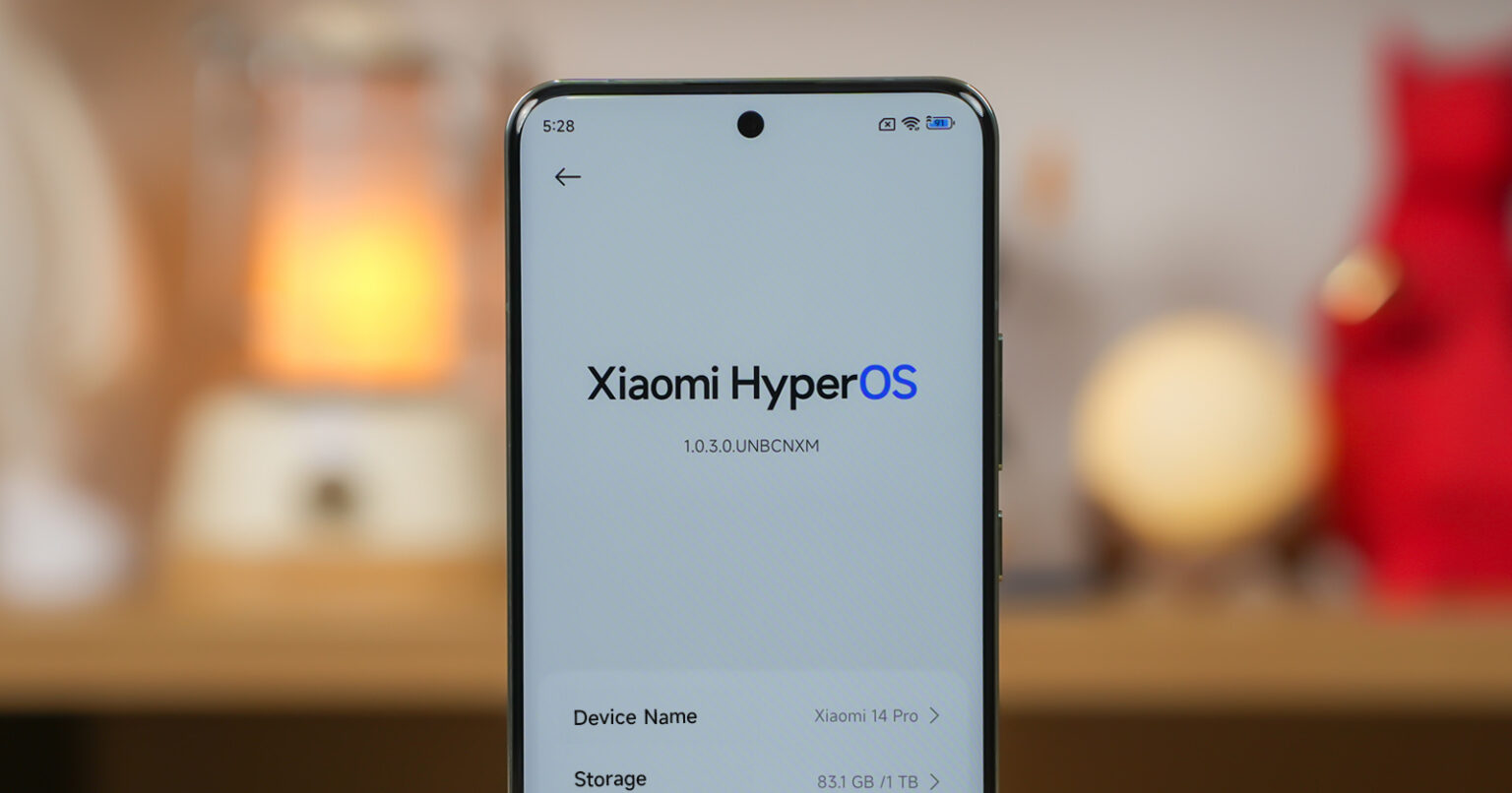Aditya L1 is a solar mission of the Indian Space Research Organisation (ISRO). It was launched on September 2, 2023, from the Satish Dhawan Space Centre in Sriharikota, Andhra Pradesh.
Aditya L1 is a coronagraph spacecraft to study the solar atmosphere. It will be placed in a halo orbit around the L1 Lagrange point between the Earth and the Sun, about 1.5 million kilometers from Earth. This location is called the Lagrange point because the gravitational forces of the Sun and Earth are balanced there, allowing Aditya L1 to remain relatively stable.
Aditya L1 has seven payloads that will be used to study the solar atmosphere. These payloads include:
- A coronagraph to image the solar corona, the outermost layer of the sun’s atmosphere. The corona is a million times fainter than the sun’s surface, so it is difficult to study with traditional telescopes. A coronagraph blocks out the light from the sun’s surface, allowing the corona to be seen.
- A spectrometer to study the composition of the solar corona. The spectrometer will measure the light from the corona to determine the elements that are present.
- A heliometer to measure the solar wind, the stream of charged particles that flows from the sun. The heliometer will measure the speed and direction of the solar wind.
- A magnetometer to measure the magnetic field of the sun. The magnetic field of the sun is responsible for many of the phenomena that occur in the solar atmosphere, such as solar flares and coronal mass ejections.
- A plasma analyzer to study the plasma, or ionized gas, in the solar atmosphere. The plasma analyzer will measure the density, temperature, and composition of the plasma.
- A radiometer to measure the temperature of the solar atmosphere. The radiometer will measure the infrared radiation from the solar atmosphere to determine its temperature.
- A telescope to study the sun’s surface. The telescope will image the sun’s surface to study the sunspots, prominences, and other features.
Aditya L1 is expected to provide valuable insights into the solar atmosphere and its role in space weather. Space weather is the condition of the space environment around Earth, and it can affect our planet in a number of ways, such as by causing power outages and satellite disruptions.
The Aditya L1 mission is a major milestone for India’s space program and is expected to make significant contributions to our understanding of the sun and space weather.
Here are some of the specific scientific objectives of the Aditya L1 mission:
- To study the structure and dynamics of the solar corona.
- To study the composition of the solar corona.
- To study the solar wind and its interaction with Earth’s magnetosphere.
- To study the magnetic field of the sun and its evolution.
- To study the plasma in the solar atmosphere.
- To study the sun’s surface and its activity.
The Aditya L1 mission is expected to make significant contributions to our understanding of the sun and space weather. The data from the mission will help scientists to better understand the mechanisms that drive solar activity and the effects of solar activity on Earth. This knowledge can be used to improve our ability to predict space weather events and to mitigate their effects.
The Aditya L1 mission is a major undertaking, and it is a testament to the capabilities of the Indian Space Research Organisation. The success of the mission would be a major achievement for India and would help to put India in the forefront of solar research.











One thought on “Aditya L1: India’s Solar Mission to Study the Sun”